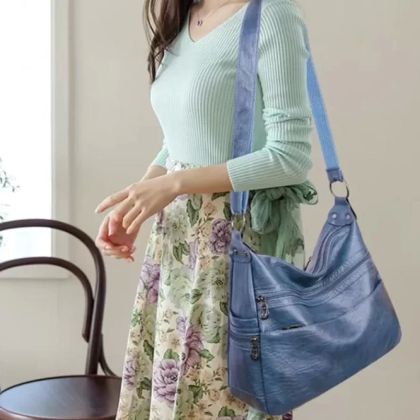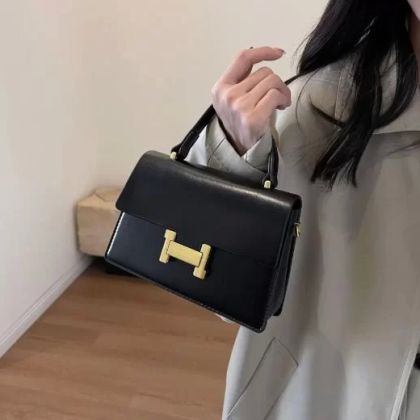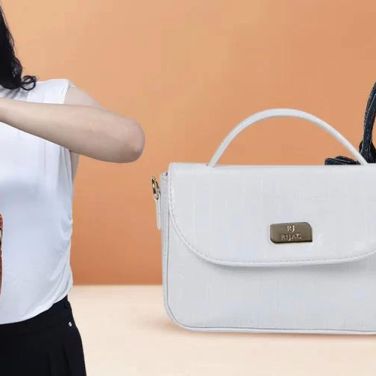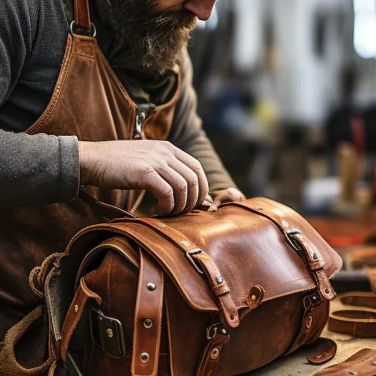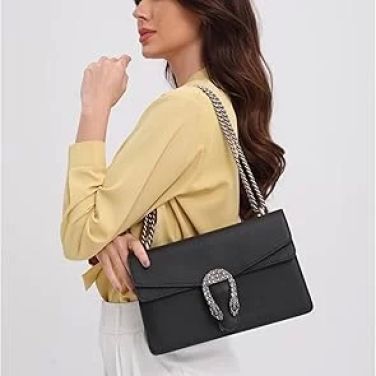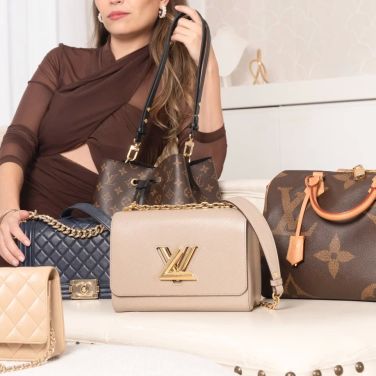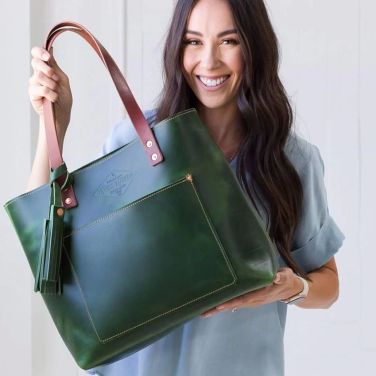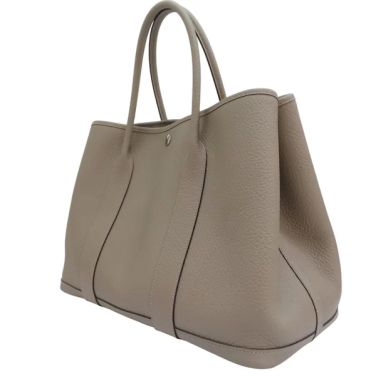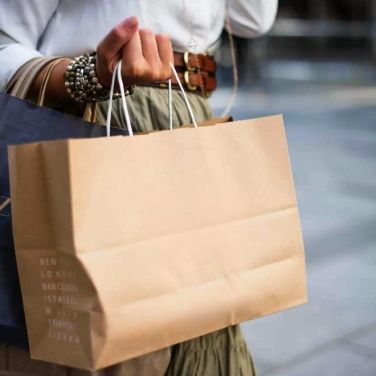- 1-Secure-Payment-Methods
- 2-Encrypted-Checkout-Flows
- 3-Mobile-Wallet-and-P2P-Payments
- 4-Escrow-and-BNPL-Services
- 5-Case-Study-Secure-Purchase
- 6-Choosing-the-Right-Option
- 7-Next-Steps-and-Feima-Bags
1. Diverse Secure Payment Methods
When shopping online for bags, selecting among secure payment options for bags is essential to avoid fraud, chargebacks, and identity theft. Credit cards remain a top choice due to built-in consumer protections and the ability to dispute unauthorized charges. Debit cards, while convenient, lack comparable safeguards, so consider using them only on trusted sites. Bank transfers via secure ACH can be reliable for high-value designer bags, especially when paired with two-factor verification. Each of these payment methods offers different balances of convenience, speed, and security.
1.1 Credit and Debit Cards
Credit cards often include zero-liability policies. When you use them to purchase bags, fraudulent transactions can be reversed. Many issuers also offer virtual card numbers that mask your real card details, reducing exposure. Debit cards draw funds directly from your checking account—if compromised, you risk a longer wait for reimbursement.
1.2 Bank Transfers
For luxury bags costing hundreds or thousands of dollars, ACH transfers can minimize fees and provide clear audit trails. However, verify your recipient’s bank details carefully and use platforms that support encrypted data transmission.
2. Encrypted Checkout Flows
A secure checkout flow uses HTTPS encryption and PCI DSS compliance to safeguard payment data. Look for padlock icons and “https://” in your browser’s address bar before entering card information. Many e-commerce platforms now support tokenization, substituting sensitive data with tokens that cannot be reversed by hackers.
2.1 SSL/TLS Certificates
Sites with up-to-date SSL/TLS certificates ensure end-to-end encryption between your device and their servers. When purchasing bags, confirm the certificate is valid by clicking the padlock icon—expired or self-signed certificates can be a red flag.
2.2 Tokenization and Vaulting
Tokenization replaces card numbers with randomized codes stored in secure vaults. Even if breached, hackers only access tokens that are useless outside that merchant’s system. This technology underpins many modern secure payment options for bags.
3. Mobile Wallet and P2P Payments
Mobile wallets like Apple Pay, Google Pay, and Samsung Pay use device-based tokenization and biometric authentication, making them among the safest secure payment options for bags. Peer-to-peer (P2P) services (e.g., Venmo, Zelle) can also work, but only with trusted sellers, since they often lack purchase protection.
3.1 Biometric Security
Facial recognition or fingerprint scans add a crucial layer, ensuring only the device owner can authorize payment. When you tap to pay for a new backpack or designer tote, your phone’s secure enclave protects your credentials.
3.2 P2P Limitations
P2P apps are fast and free, but many do not offer buyer protection for goods. Avoid sending money for rare or collectible bags via P2P unless the seller is verified or you use an escrow service.
4. Escrow and BNPL Services
Escrow services hold buyer funds until the bag arrives and matches the description—ideal for high-value or secondhand purchases. Buy Now Pay Later (BNPL) providers like Afterpay or Klarna allow you to spread payments, but verify their terms for late fees and interest rates.
4.1 How Escrow Works
You deposit the purchase amount with a neutral third party. The seller ships the bag, and only after your inspection does the escrow release funds. This protects both parties from scams and counterfeit items.
4.2 BNPL Considerations
BNPL can increase purchasing power for a new handbag, but read the fine print. Some lenders charge substantial late fees. When used responsibly, BNPL is a convenient secure payment option for bags that preserves cash flow.
5. Case Study: Secure Purchase of a Designer Tote
Emily, a fashion blogger, recently bought a limited-edition tote bag from an overseas designer. Concerned about scams, she chose an escrow service integrated into the seller’s site. After paying via escrow, the bag arrived exactly as pictured. Only then were funds released. Emily shared her experience in a viral post, highlighting how escrow prevented a $1,200 loss and built trust in cross-border transactions.
5.1 Lessons Learned
This real-world example underscores that the right secure payment options for bags can prevent fraud, especially when purchasing rare items from unfamiliar sellers.
6. Choosing the Right Option for You
Selecting the ideal payment method depends on bag value, seller reputation, and your comfort with technology. For everyday purchases under $200, mobile wallets or credit cards with tokenization are ideal. For high-value luxury bags, prioritize escrow or ACH with multi-factor authentication. Always verify seller reviews and platform security badges before committing.
6.1 Risk vs. Convenience
Balance minimal hassle with maximal protection. If you value speed over cost, mobile wallets excel. If you prize security above all, escrow services and virtual credit-card numbers offer robust safeguards.
7. Next Steps and Feima Bags
Ready to shop for your perfect bag with peace of mind? Explore secure payment options for bags at Feima Bags, where every checkout uses end-to-end encryption and multiple authentication layers. Whether you choose credit card tokenization, mobile wallet, or escrow, Feima Bags ensures your transaction is protected. Click to discover our curated selection and pay securely today!

